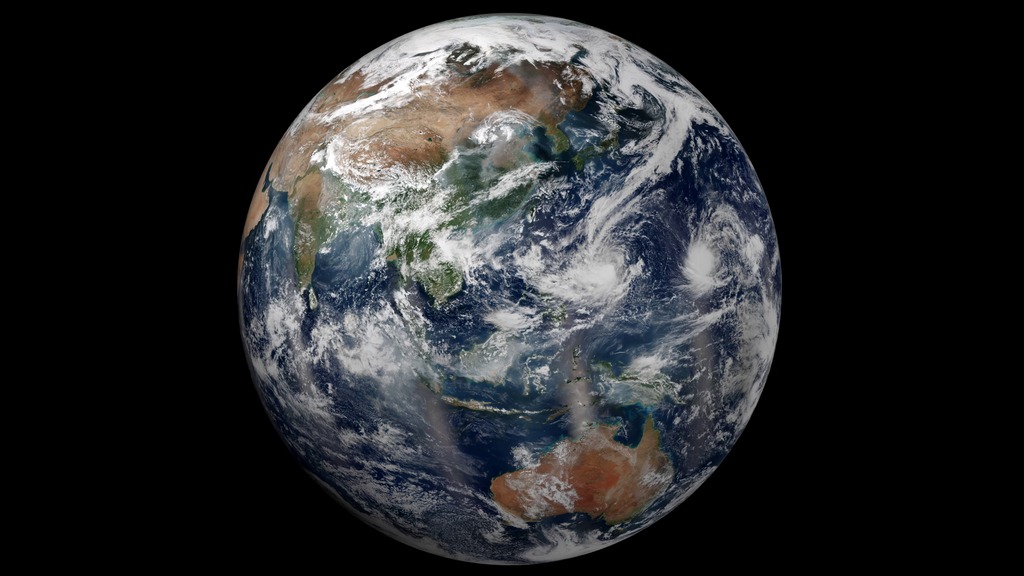NPP Blue Marble
Suomi NPP is the first of a new generation of NASA satellites that observe many facets of our changing Earth. Suomi NPP is carrying five instruments on board. One of the significant instruments is the Visible/Infrared Imager Radiometer Suite or VIIRS.
This visualization features a composite image captured by Suomi NPP’s VIIRS and portrays how our planet looked from space on October 14, 2015.
The Blue Marble in slow rotation -- HD version.
The Blue Marble in slow rotation -- 4K version.

The Blue Marble in 5x3 hyperwall.
Credits
Please give credit for this item to:
NASA's Scientific Visualization Studio
-
Visualizers
- Cheng Zhang (USRA)
- Greg Shirah (NASA/GSFC)
-
Technical support
- Laurence Schuler (ADNET Systems, Inc.)
- Ian Jones (ADNET Systems, Inc.)
Release date
This page was originally published on Tuesday, January 31, 2017.
This page was last updated on Monday, July 15, 2024 at 12:05 AM EDT.


![Music: Above It All by Tom Caffey [ASCAP] and Dark Fantasy by Brice Davoli [SACEM]Complete transcript available.](/vis/a010000/a013200/a013227/FreshwaterStill.png)